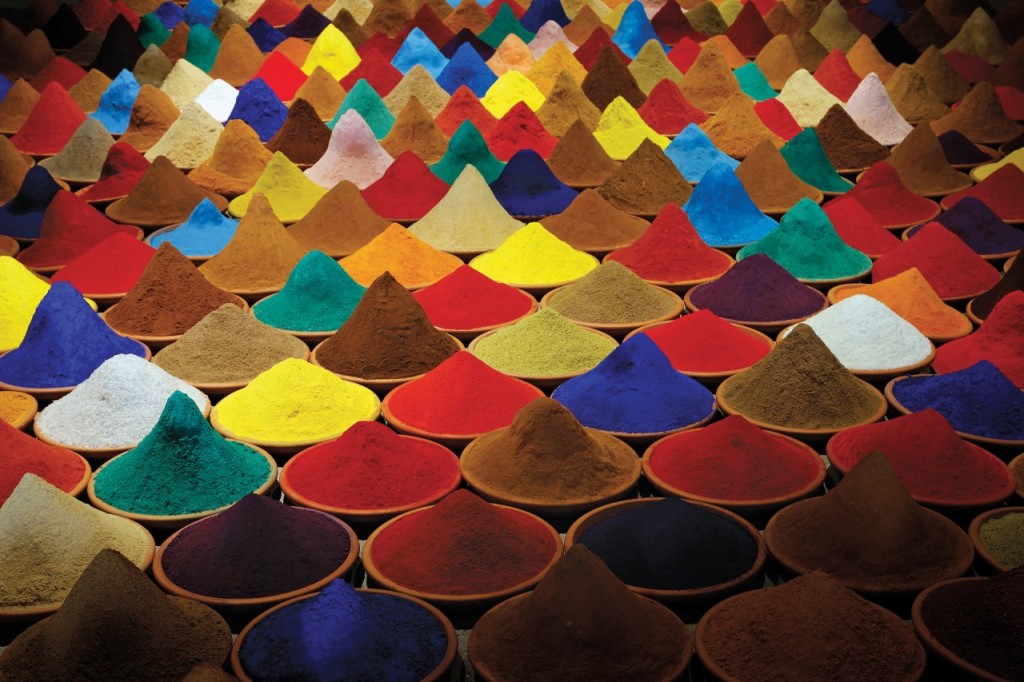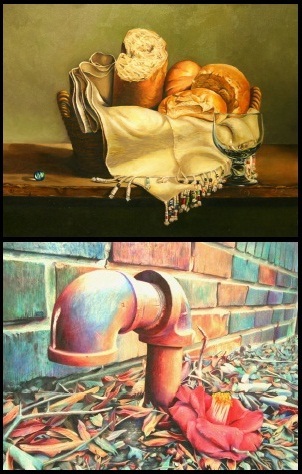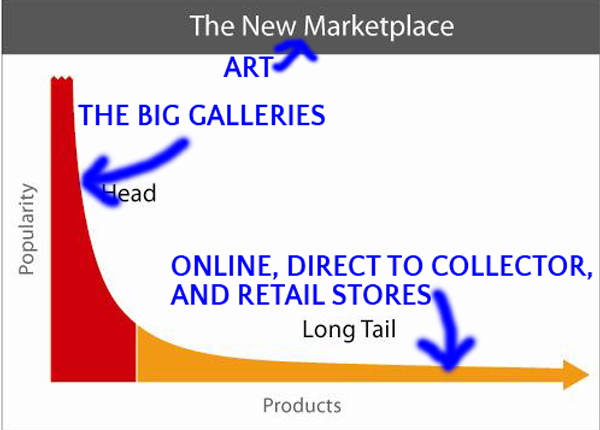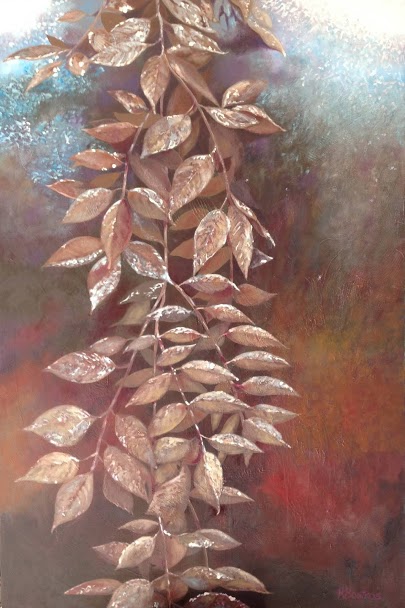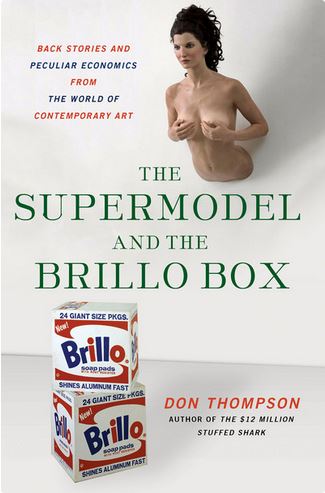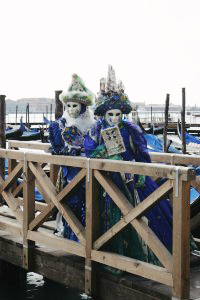 People in creative business feel like they are not real business men and women. We don’t like to talk about business and money. We would like to be discovered, that somebody else could take care of us and our business side of art.
People in creative business feel like they are not real business men and women. We don’t like to talk about business and money. We would like to be discovered, that somebody else could take care of us and our business side of art.
Just for a short time imagine a baker on the corner. He would like to do the same. And the garage owner, mechanic. He also would like to dive into motors, tyres and forget about money. If they are real baker and mechanic, they would like to do just their job – to bake and to repair cars. So, we all are in the same boat. We love what we do, but to survive and continue it in long-term, we have to think about business side of our life.
With this in mind, I have created a list of 10 reasons why it is easier for artists than others. I hope they will encourage you and will boost your confidence in money earning.
1. Nobody expects you to be a business (wo)man. Everybody knows you as an artist and everybody knows that artists are not business people. Business rules are very soft when it comes to artists. Baker and mechanic has more strict rules.
2. Nobody will understand your art better than you. You don’t have to prove why it is as it is or why you use such materials, why such technique and why not something else. Mechanic will have to prove.
3. Artists don’t have direct competition. You don’t have to (and can’t) please everyone. It is ok not to buy your art, because you are just different, with different values. Baker should think about pleasing everyone stepping into his shop, otherwise they will go to neighbouring bakery.
4. You can say what you think and you are even expected to do so. You have to talk about your values and ideas. Nobody expects it from baker and mechanic.
5. You can miss deadlines. Because all creative people do. Nobody will be surprised and most probably you will be forgiven. Mechanic doesn’t have such a privilege.
6. You can sleep in the mornings and say it loud. Because artists create when they want to. Baker should open his shop early even if he has created a masterpiece last night.
7. You can wear what you want and be as hectic or stylish as you want. Baker and mechanic has limitations. One has to be white, the other should count his environment, tools and oil everywhere. This makes you noticeable wherever you go in comparison to bakers and mechanics.
8. People love to be friends with and to know you. It is really cool to have an artist as your friend. They spread the word just because you are an artist. Baker and mechanic has to do something special to be mentioned in daily conversations. You are special just because you are the artist.
9. You are allowed to be crazy and do weird things. It will just add value to your brand. In case of baker and mechanic, I am not so sure. Their limits for accepted craziness are different. Your craziness causes people to talk about you and that is free advertising.
10. You can set your own price and there is no limit. Baker and mechanic have to do something exceptional to rise their prices. Artists just are exceptional.
SOURCE: Business blog for artists - Read entire story here.
Read More
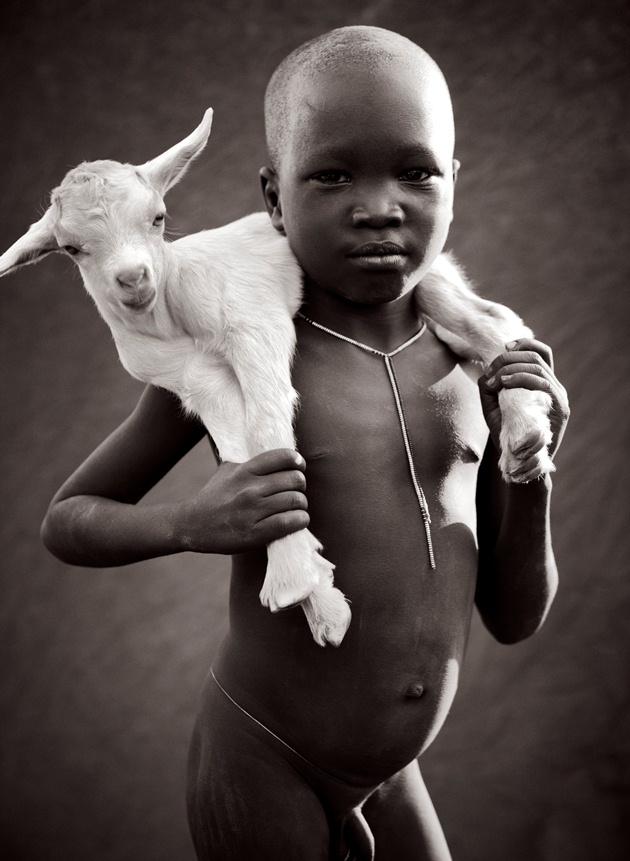 Drew Doggett: “I search for subjects with unique stories in corners of the world available only to those purposefully seeking them … I’m preparing to release my latest collection which features the epic dunes of Sossusvlei, Namibia. The images capture the spirit of this vast and desolate area characterized by organic geometric shapes, the intersection of lines, the textures and layers and the subtle shifts in tonal values.”
Drew Doggett: “I search for subjects with unique stories in corners of the world available only to those purposefully seeking them … I’m preparing to release my latest collection which features the epic dunes of Sossusvlei, Namibia. The images capture the spirit of this vast and desolate area characterized by organic geometric shapes, the intersection of lines, the textures and layers and the subtle shifts in tonal values.”